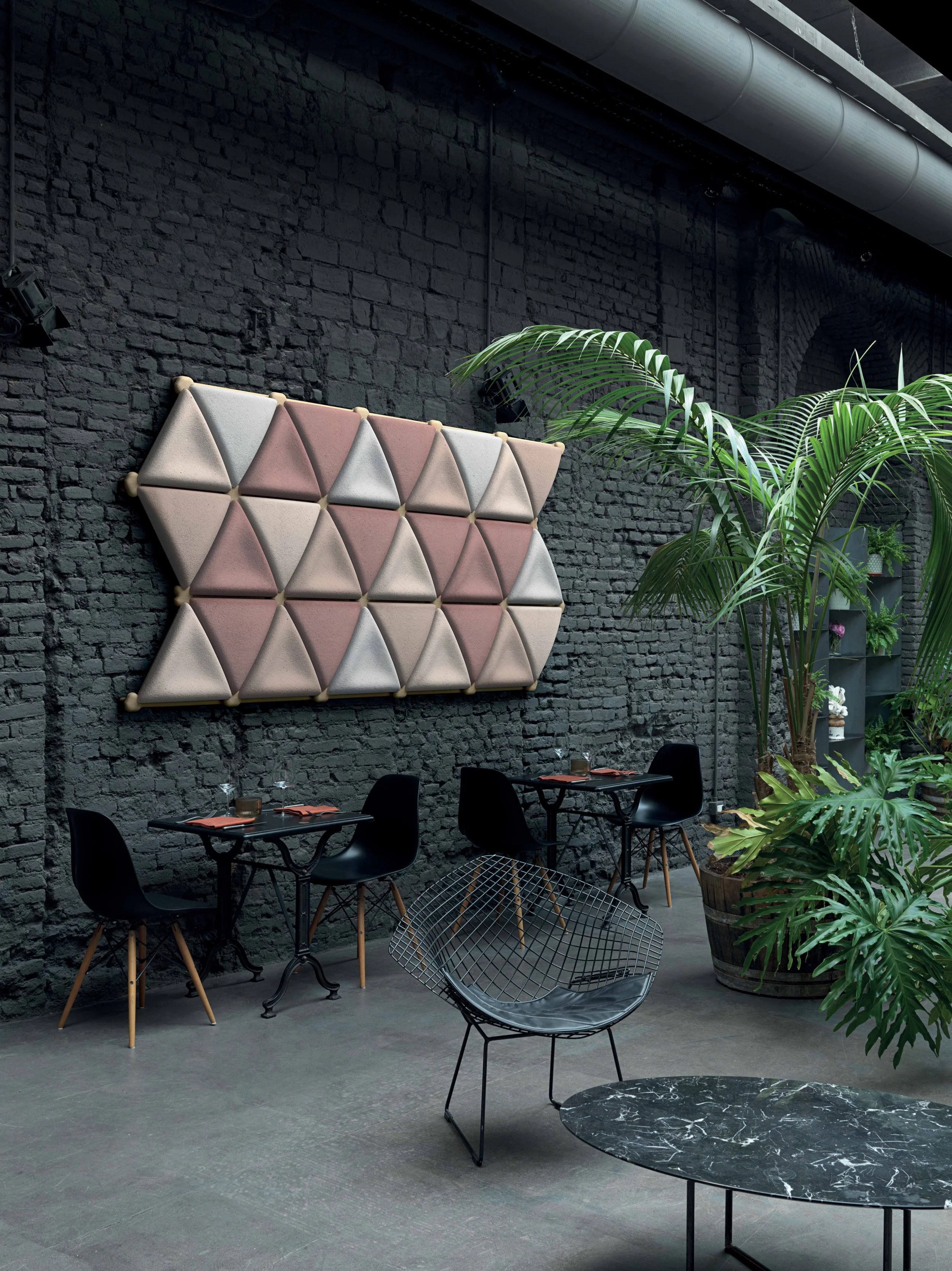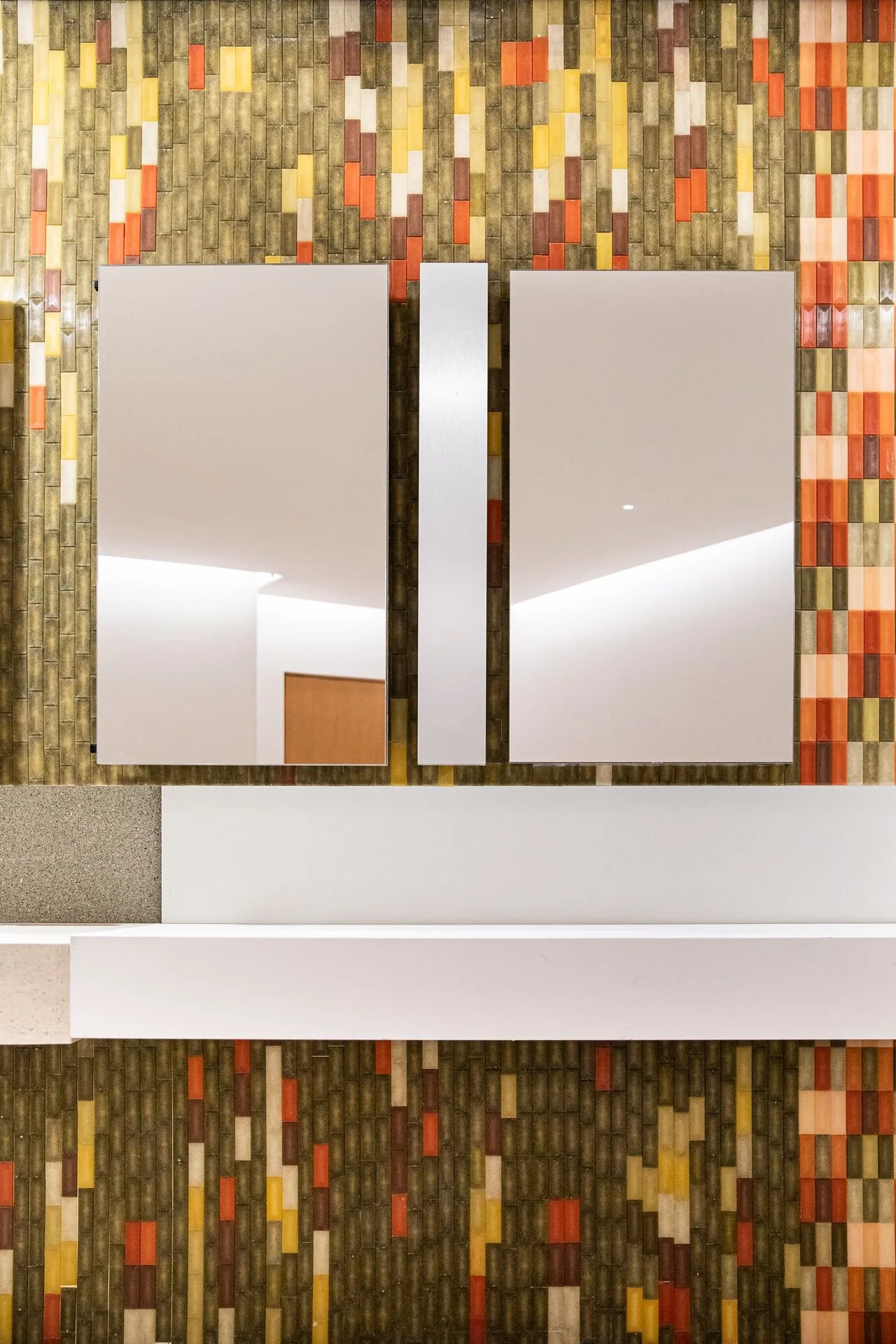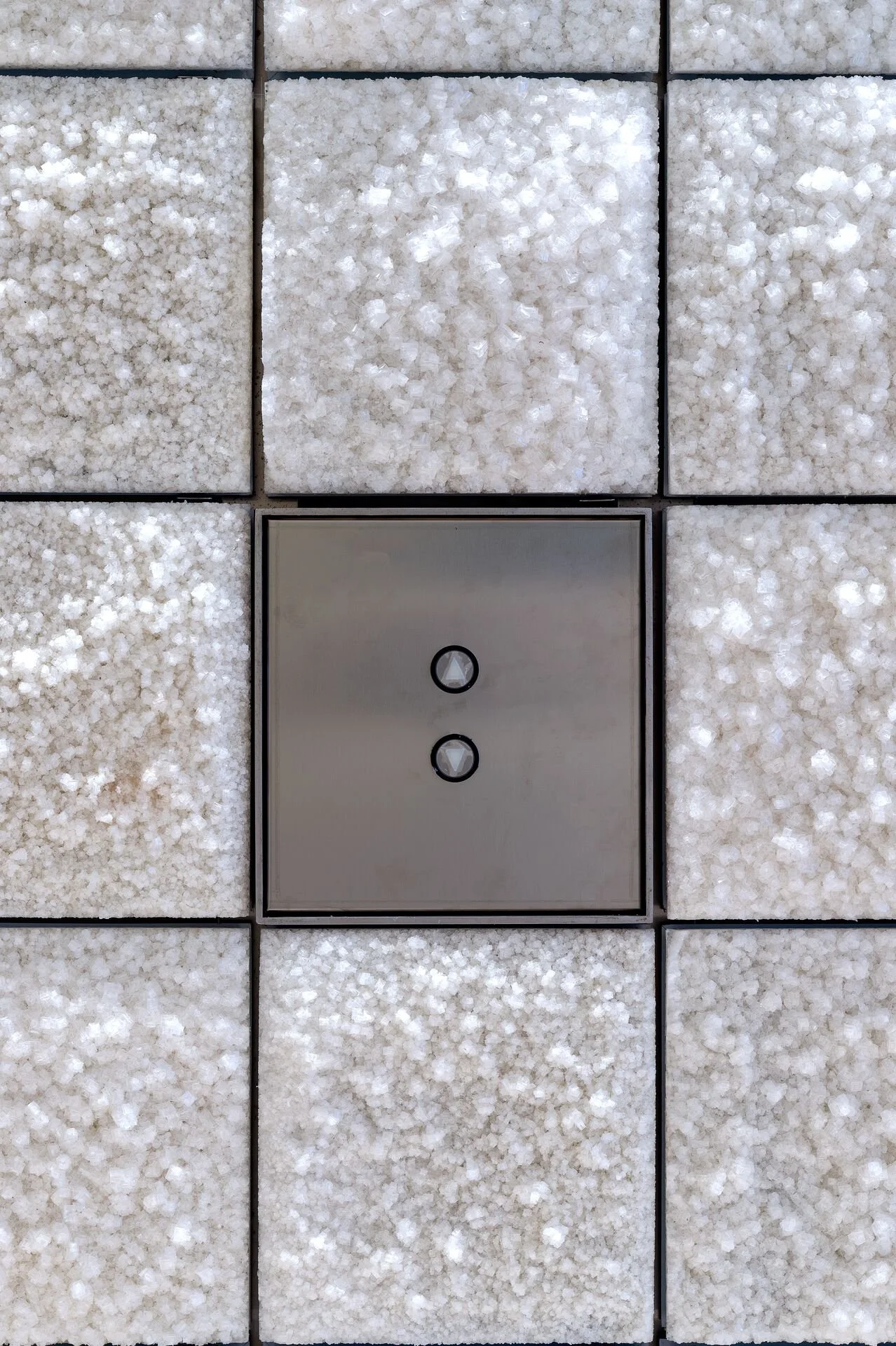How Biofabricated Design Materials Can Help Companies Respond To The Energy Crunch
Against the background of sanctions on Russia, one question being asked is ‘Will war in Ukraine hasten the end of fossil fuels?’. Expert analysis goes both ways. The current energy crunch might speed up European transition to green technologies or, in the intermediate, favour a return to coal or even spur a renewed interest in fracking. Fact is, the crisis functions as a magnifying glass for what is at stake in the energy sector and, by consequence, in design and construction.
The acknowledgement that we must lessen our dependence on fossil fuels has been there before, further promoted by the new European Green Deal aimed at making Europe climate-neutral by 2050, by building regulations and life cycle assessment schemes, and not least by the shortage of raw materials such as steel and sand for concrete. All of this contributes to a rising demand for circular building materials based on renewable natural resources. As exhibitions and real-world applications demonstrate, there is a growing number of material innovations commercially available that may satisfy the requirement for non-fossil-based solutions in spatial design and the desire for a contemporary aesthetic.
Cover and above: Mogu has brought its process for manufacturing mycelium-based cladding materials to industrial scale.
A prominent case is the design-driven biotechnology company Mogu based in Northern Italy, founded by Maurizio Montalti. The designer started research into the potential of mycelium – the vegetative part of fungi – in 2009 and has since developed the mycelium technology further, bringing it to industrial scale. Mogu works with fungal biofabrication processes and grows mycelium on upcycled agro-industrial residues (among which textile residues, corn crops, sawdust, rice straw, hemp, spent coffee grounds, etc.) into high-end products for interior spaces. Its acoustic panels offer a range of foam-like, soft textures and different 3D shapes, while its floor tiles feature compact, resilient surfaces.
According to Montalti, the biomaterial transition is on its way and, while a fundamental shift must happen within the building industry, ‘The market is increasingly more open to this type of products’. Only a few weeks ago Mogu made news with the launch of a new material family under the name EPHEA™, a range of flexible mycelium materials, firstly presented in partnership with Balenciaga. The luxury brand featured EPHEA™ in a floor-length coat at its AW22 runway show at Paris Fashion Week, introducing it as an organic alternative to leather which has the potential for further use in interiors too.
Biomason manipulates microorganisms to grow structural biocememt.
What Mogu does with the help of fungi, Biomason does with bacteria. The biotechnology start-up was established in 2012 by architect Ginger Krieg Dosier in North Carolina, USA, uses microorganisms to grow structural biocement in ambient temperatures by using carbon as a building block rather than emitting it as a by-product. The resulting material performs like traditional cement but emits less CO2 and may thus help to reduce the climate impact of the construction industry. Cement production accounts for 8 per cent of global carbon emissions – four times more than the aviation industry. Biomason’s Biolith® precast concrete tiles made of roughly are made of 85 per cent recycled aggregate and 15 per cent biocement. The material is being recognized by companies like the H&M Group as a tool to meet circular sustainability goals: ‘Until now, we have only been able to reduce emissions caused by these materials by using less of them,’ says Martin Ekenbark, Project Manager at H&M Group’s Circular Innovation Lab. ‘That is simply not enough. Biomason’s technology can provide a crucial component to achieving carbon neutrality in our built environments, from stores to offices to production facilities.’
Luma Atelier has experimented with microalgae and salt to form tile alternatives.
Meanwhile, the designers at Luma Atelier – a circular design laboratory in Arles, France – explore biofabrication as a means to valorize regional resources and local knowledge. Some of their material innovations have now been applied in Frank Gehry’s tower, home to the Luma foundation in Arles. One is a wall cladding created through the process of salt crystallization in the nearby Camargue nature reserve. Designers Henna Burney and Kalijn Sibbel took advantage of the process to have the salt crystallize directly on rectangular metal panels that thus receive a salt-encrusted surface structure. Another are differently coloured translucent tiles made with standard plasturgy machinery – but from a mix of fast-growing microalgae and bioplastics. Luma Atelier is on the hunt for partners to develop further applications: ‘Our aim is to work in collaboration with experts, institutions and industries all over the world to create bioplastics with local resources for local uses,’ explains Anne-Claire Hostequin, head of R&D at Luma’s Algae Platform.
That’s an initiative that will be widely characteristic of material developers moving forward. While the debate about energy transition takes on a new urgency, biofabricated building materials – that can significantly contribute to this shift – are already available and ready to use, thanks to the long-standing investment in R&D on behalf of design-driven companies.






